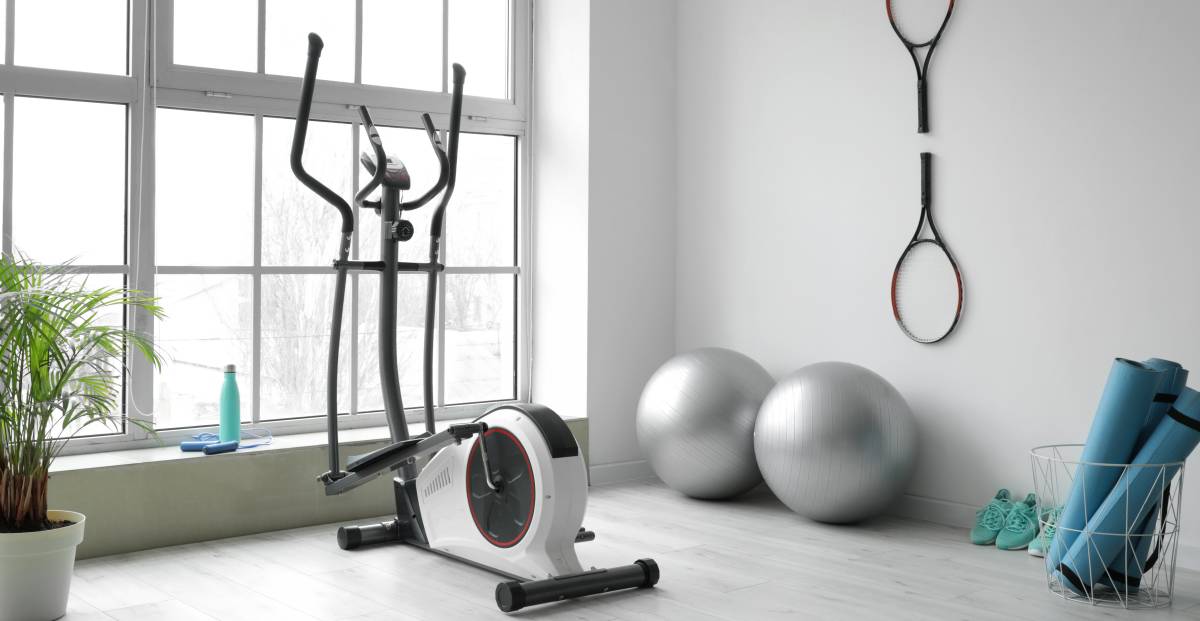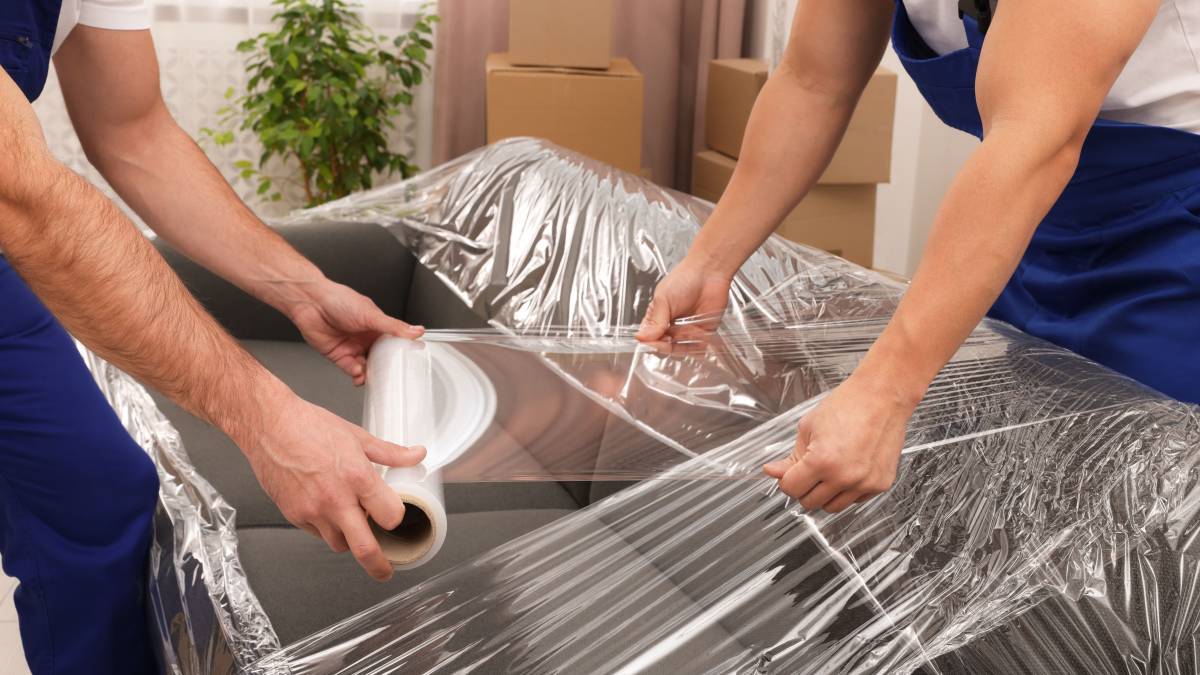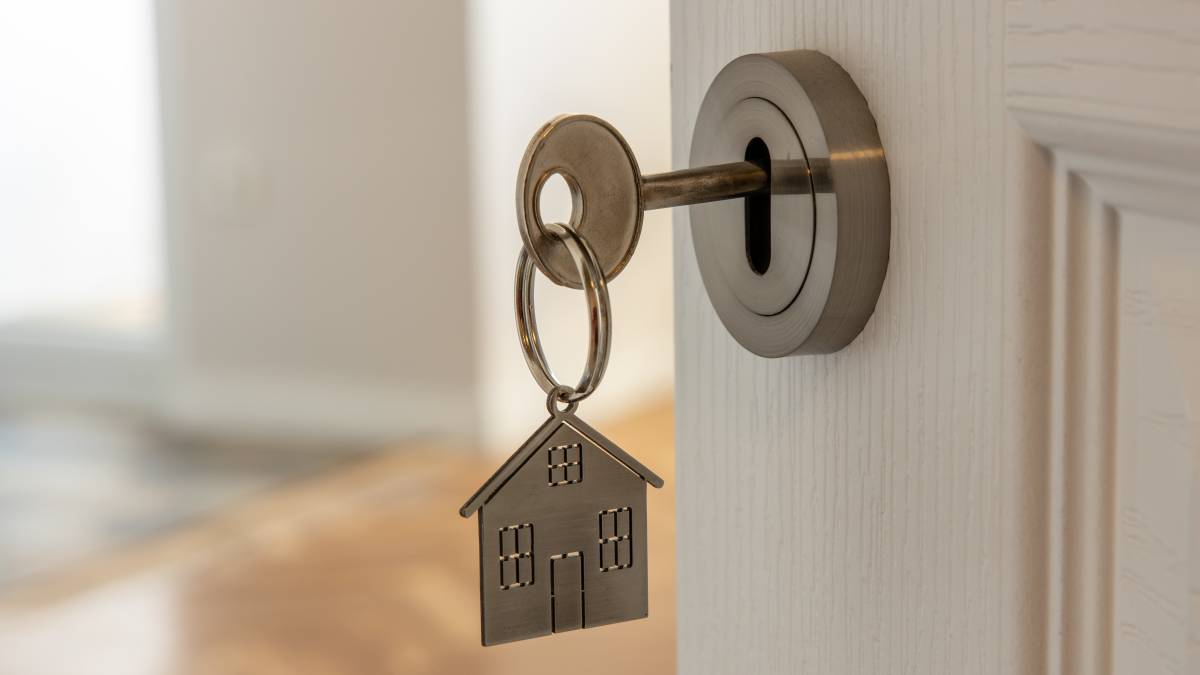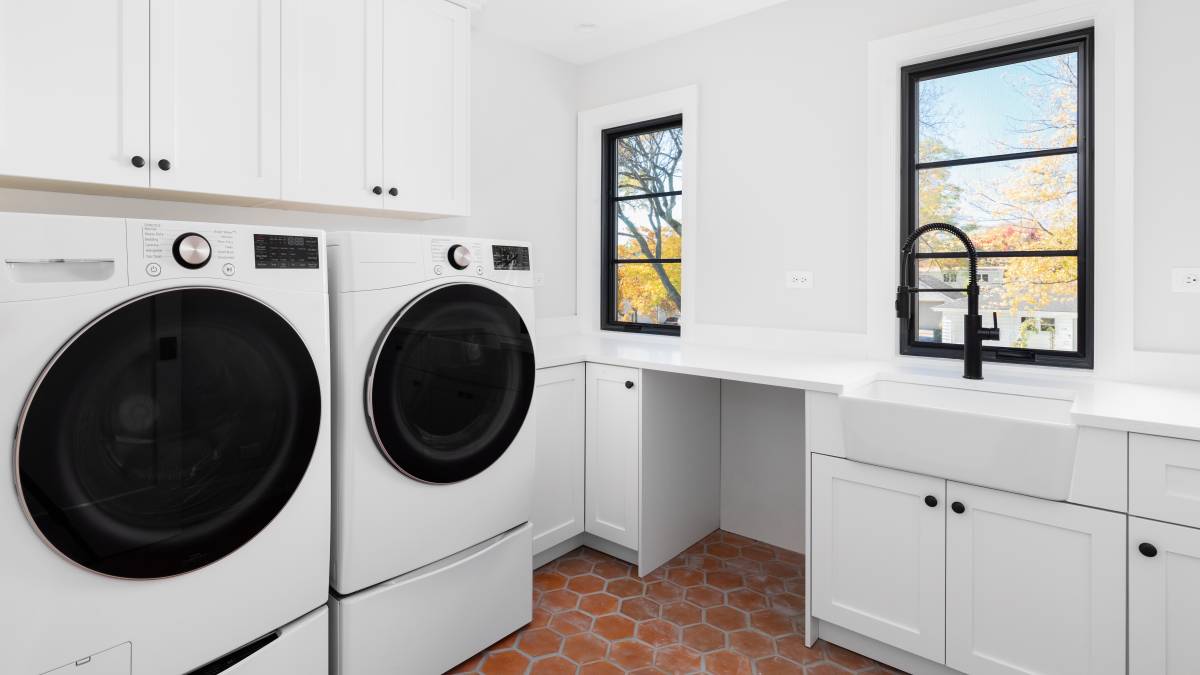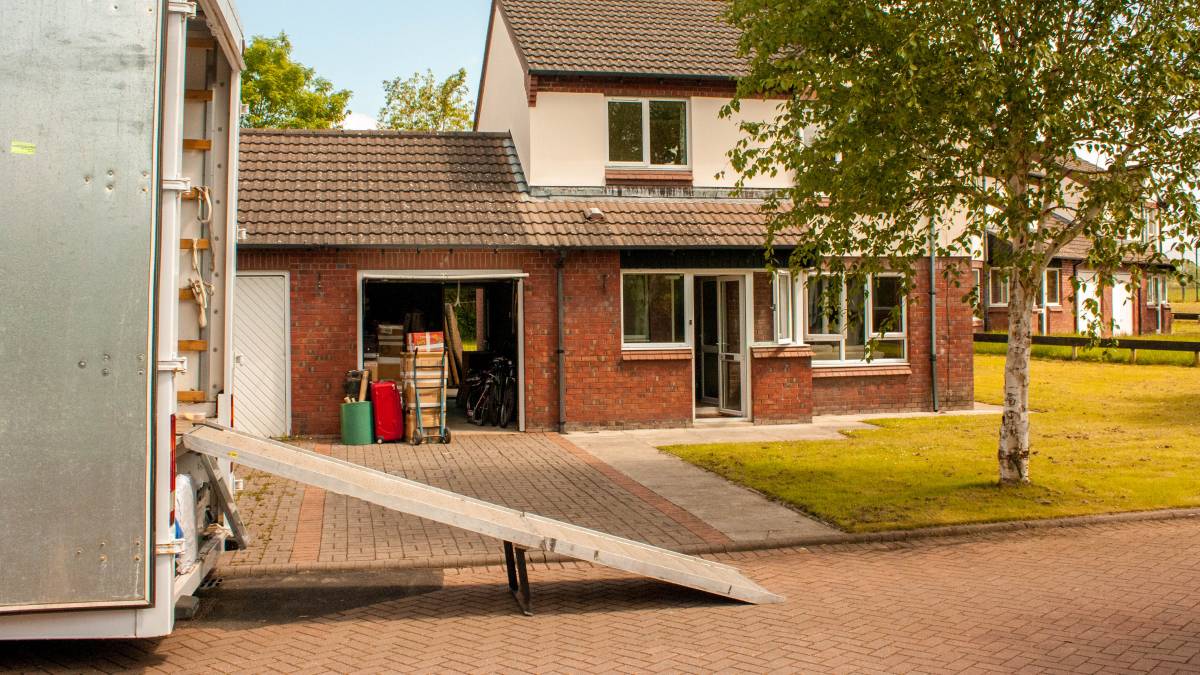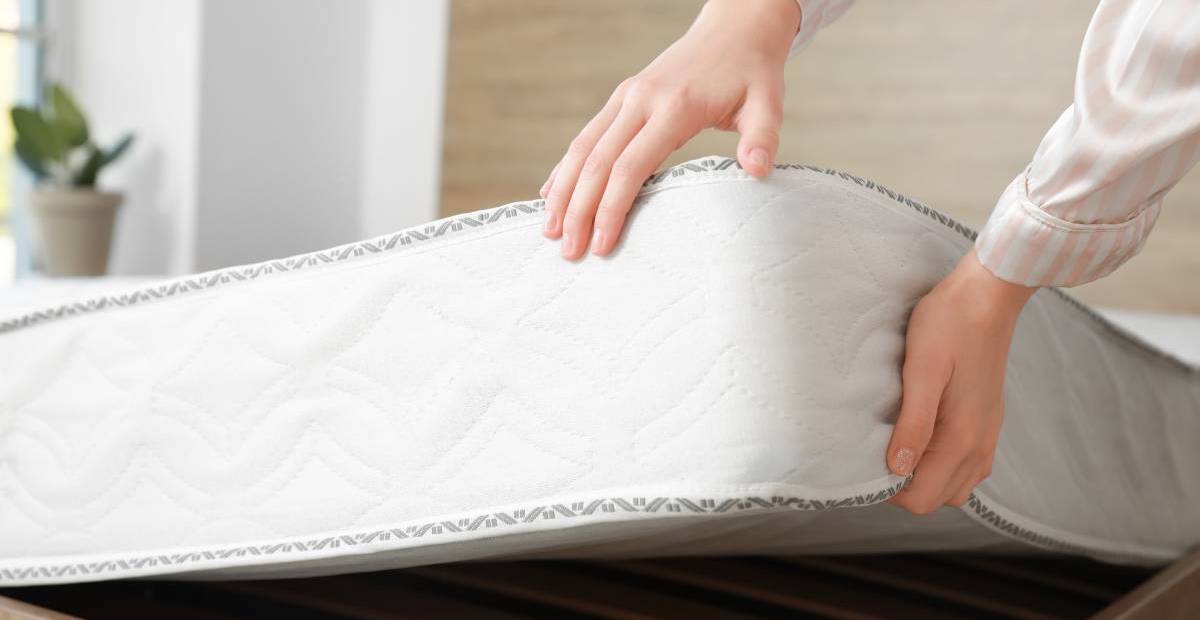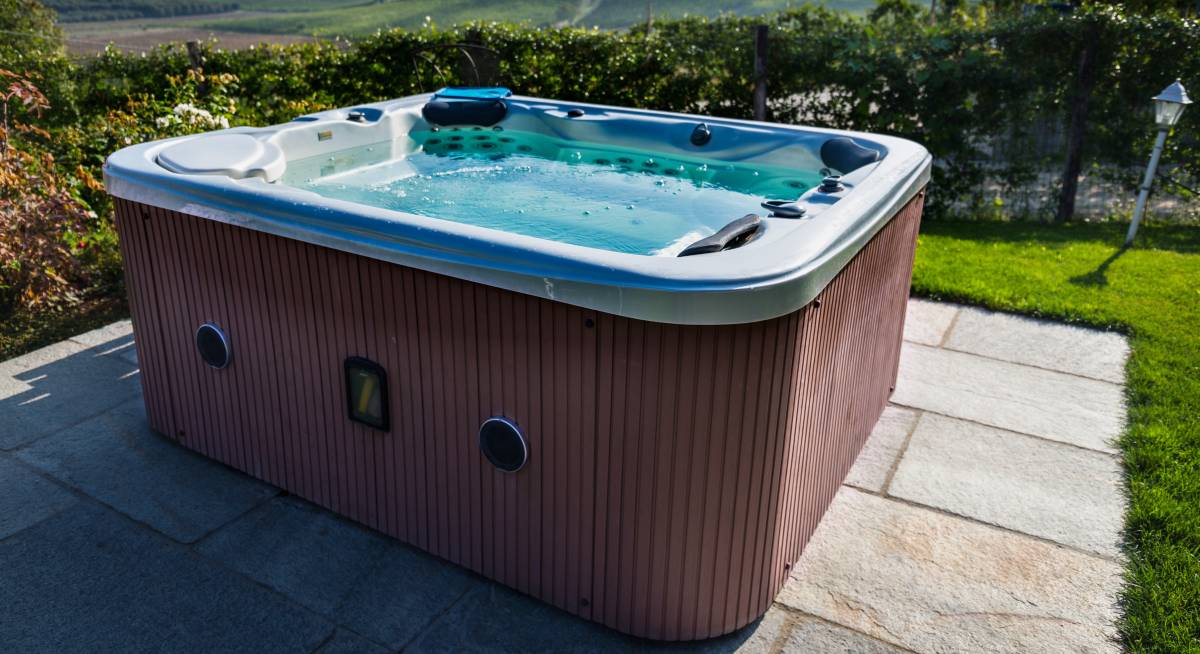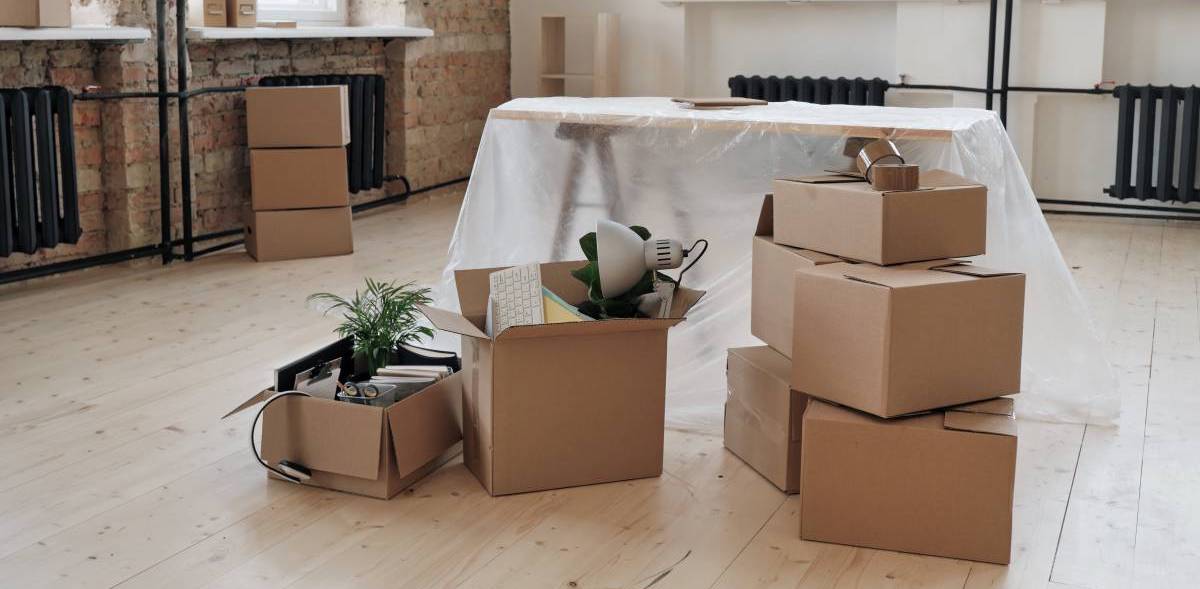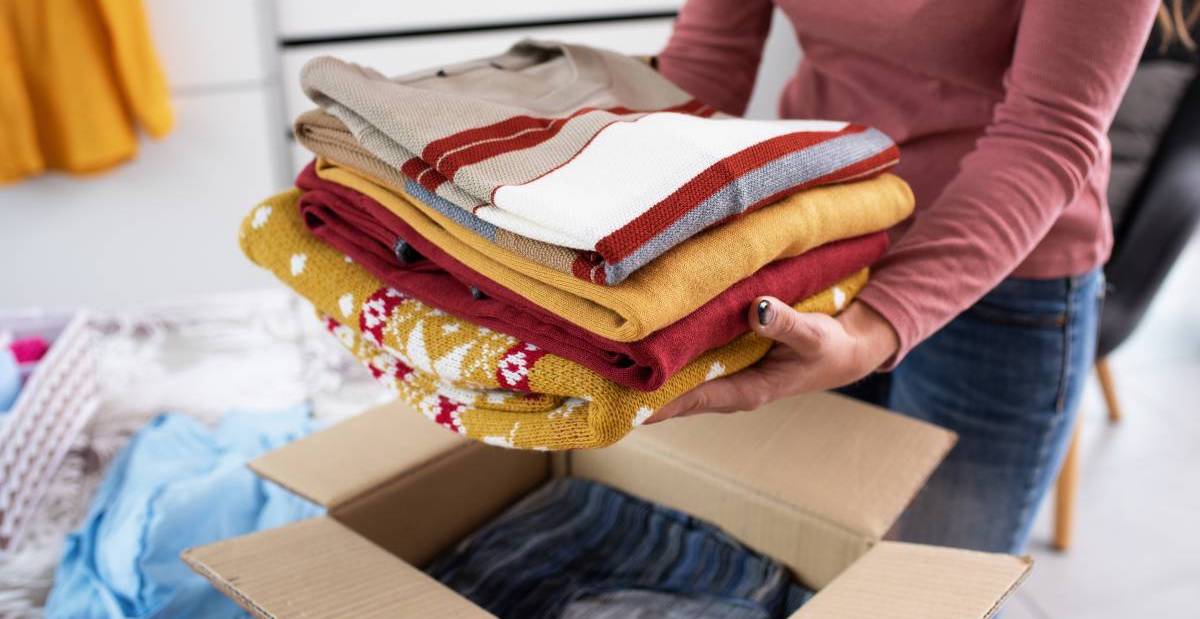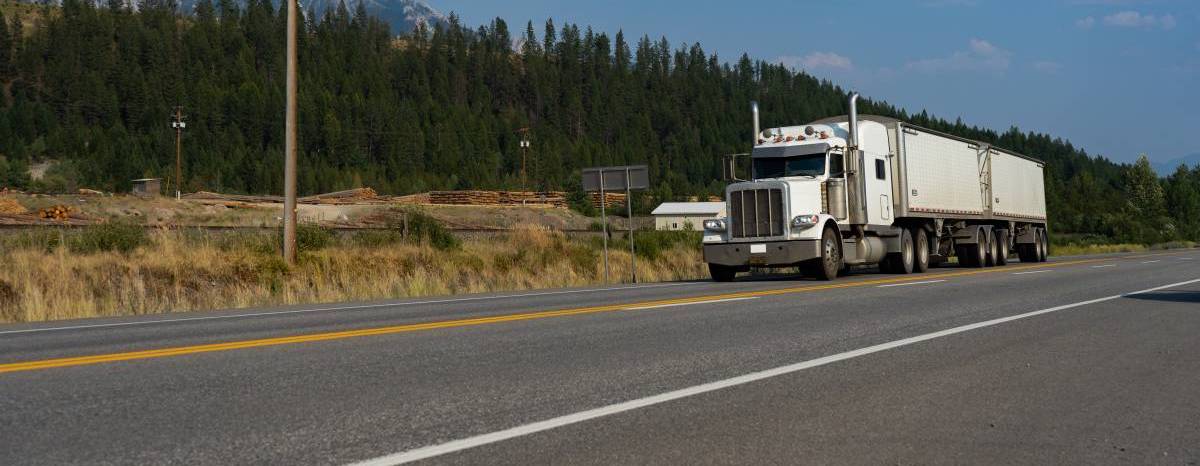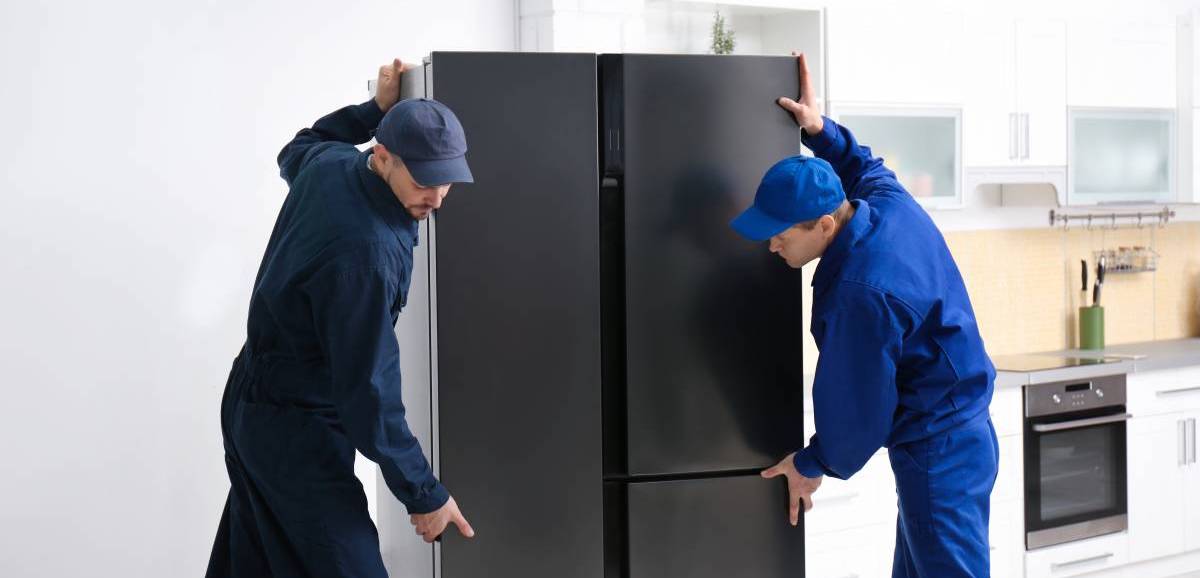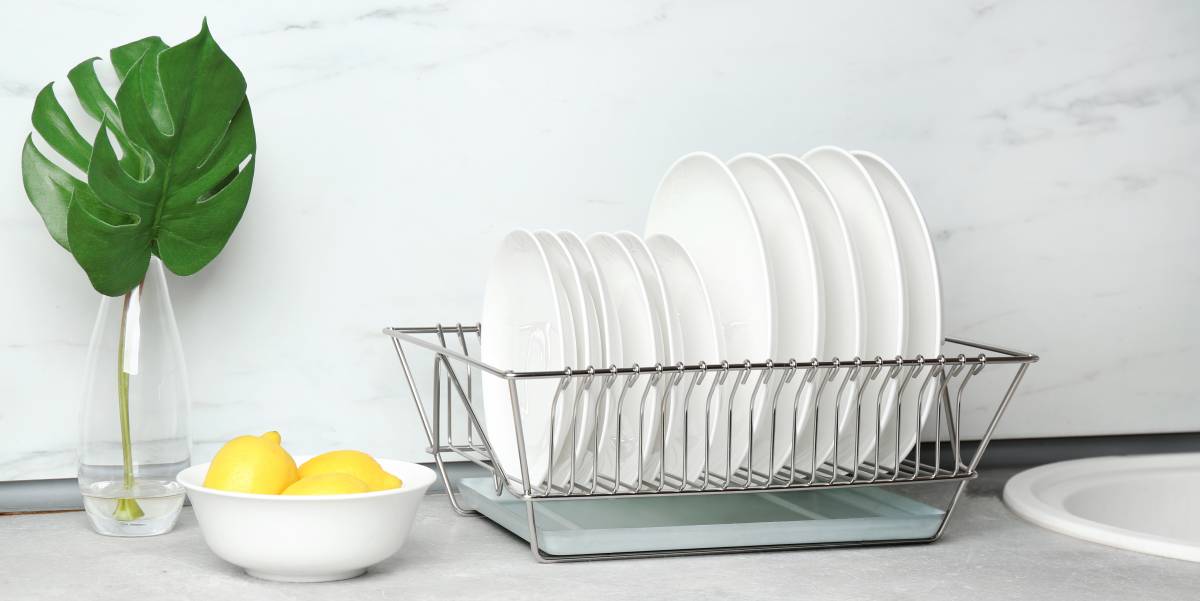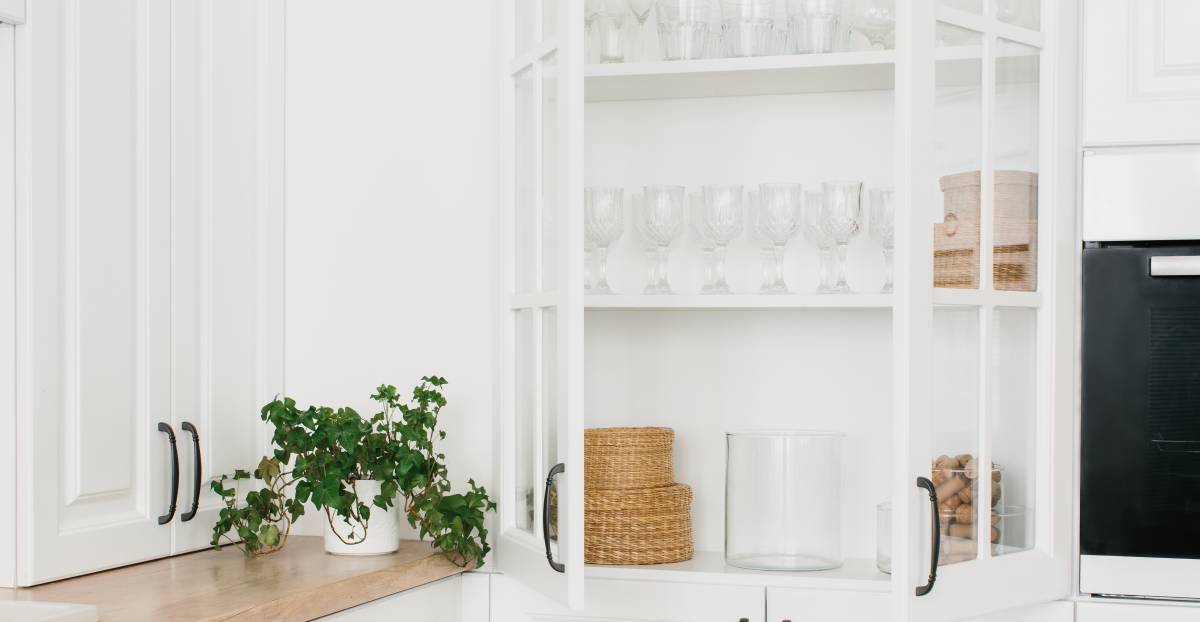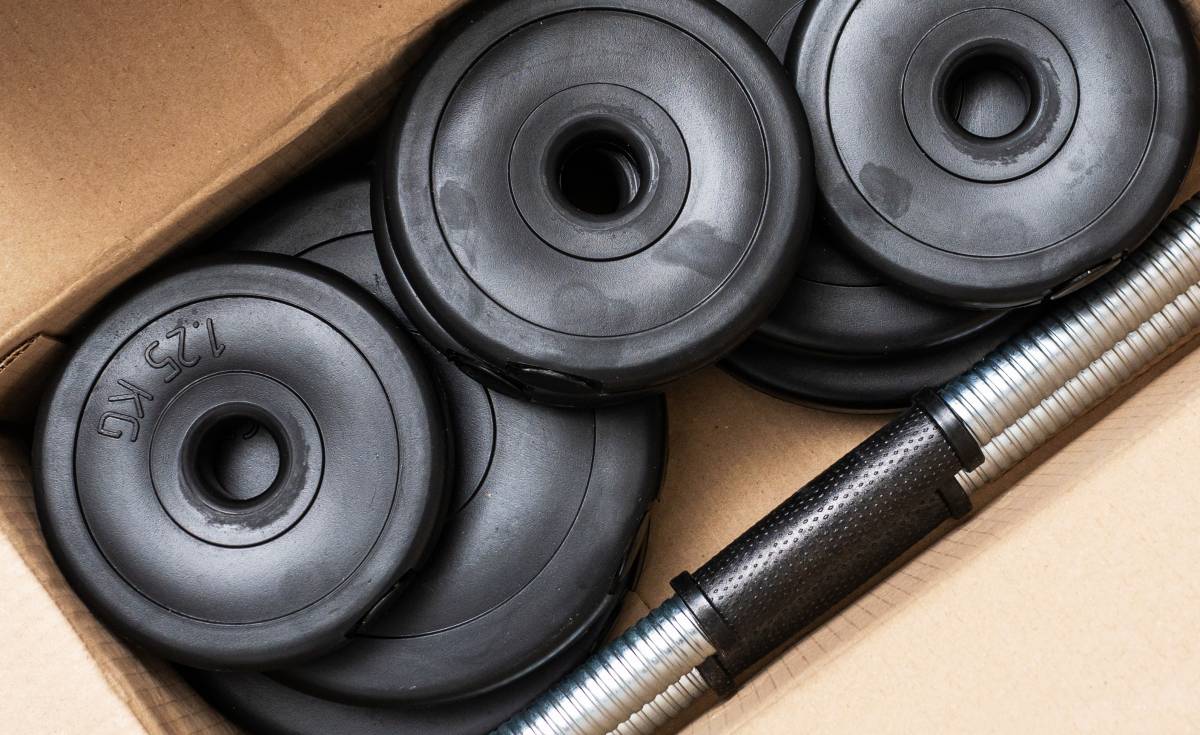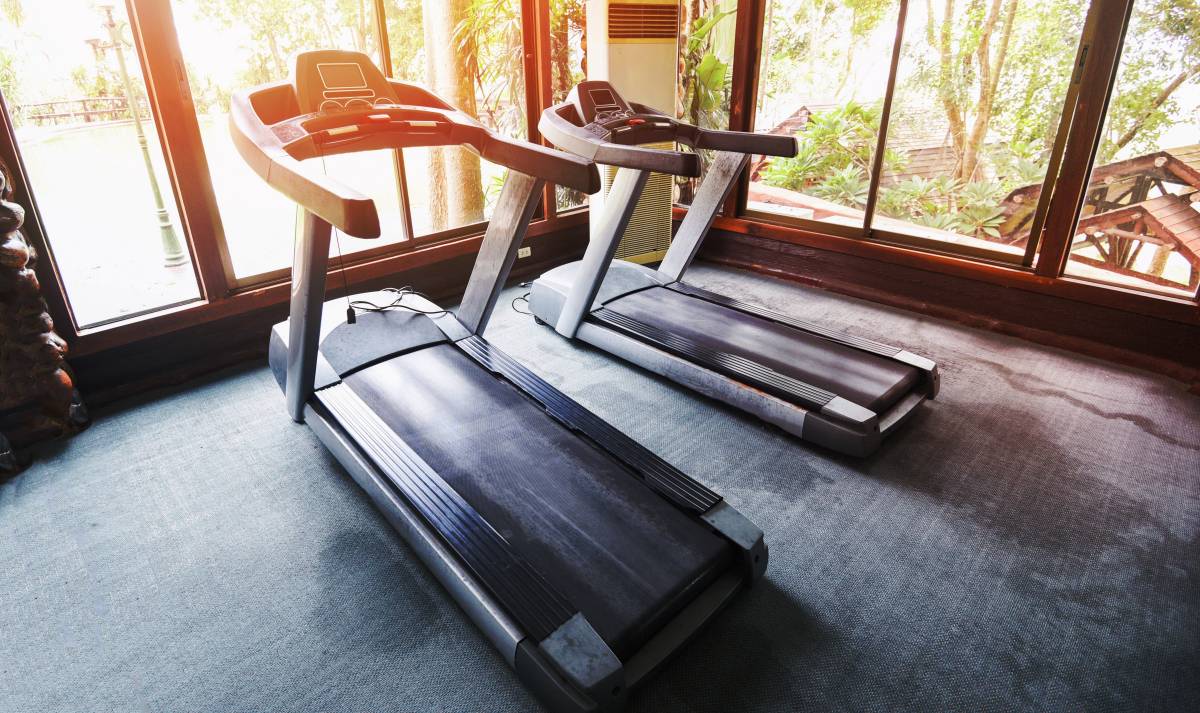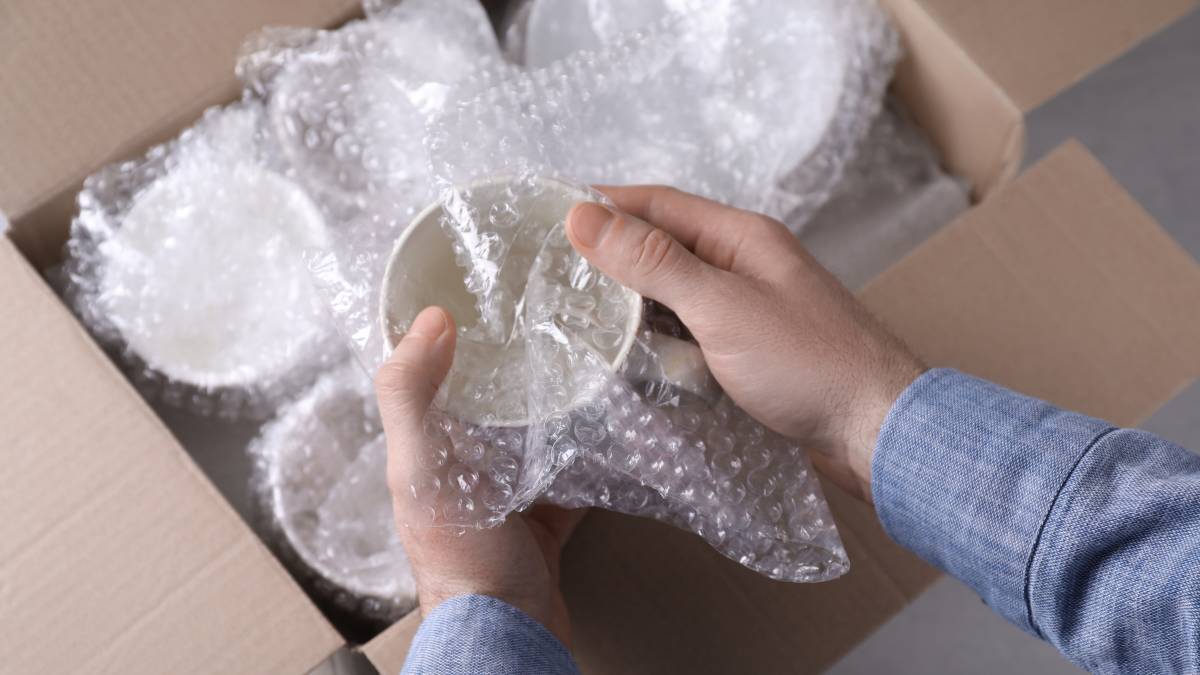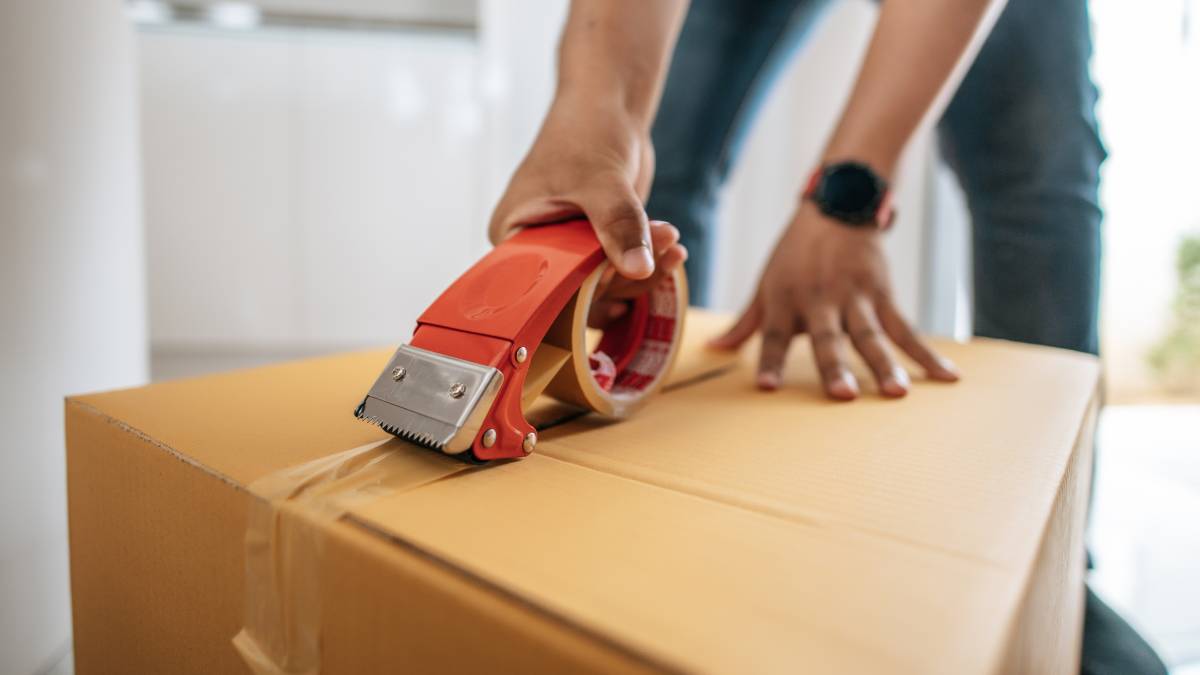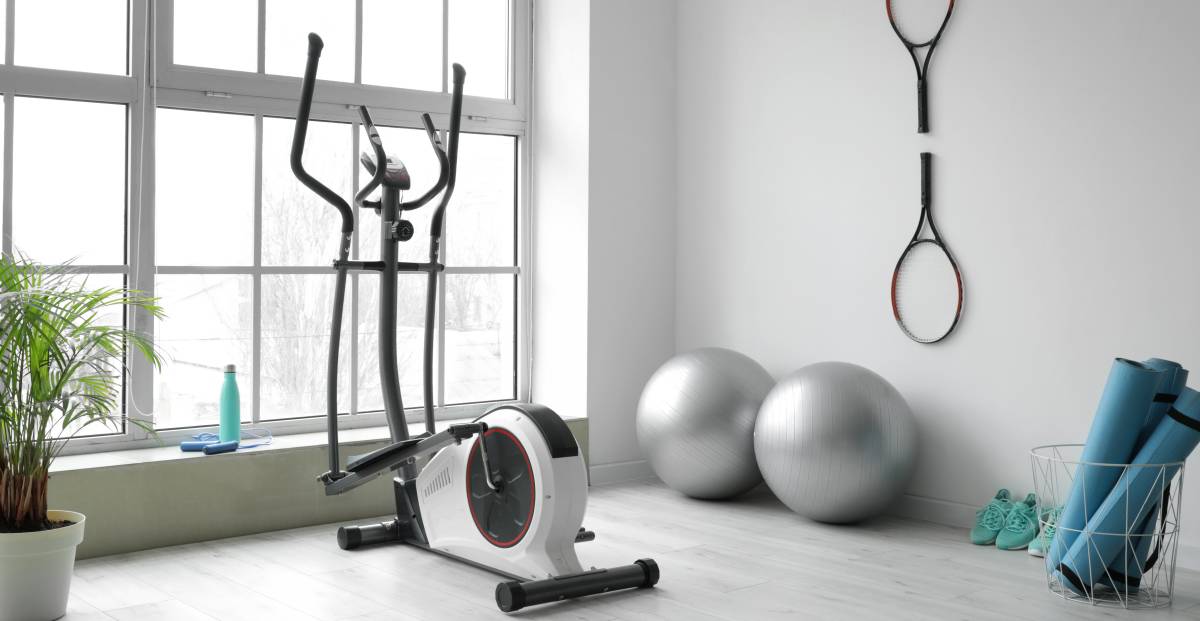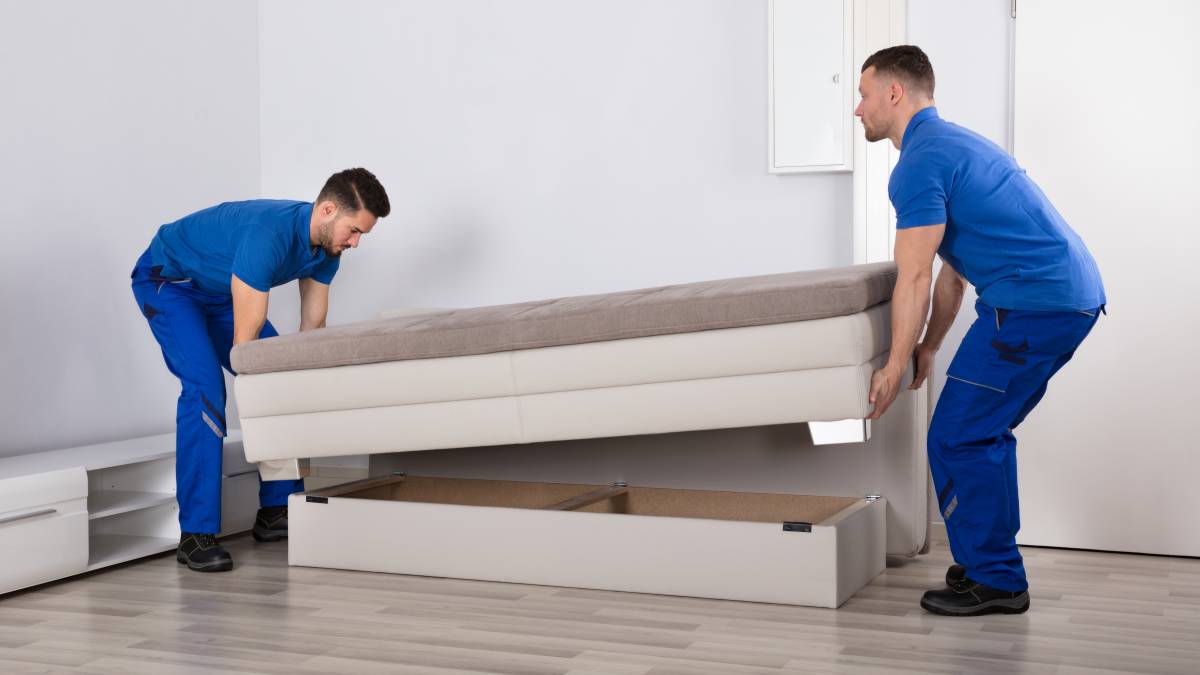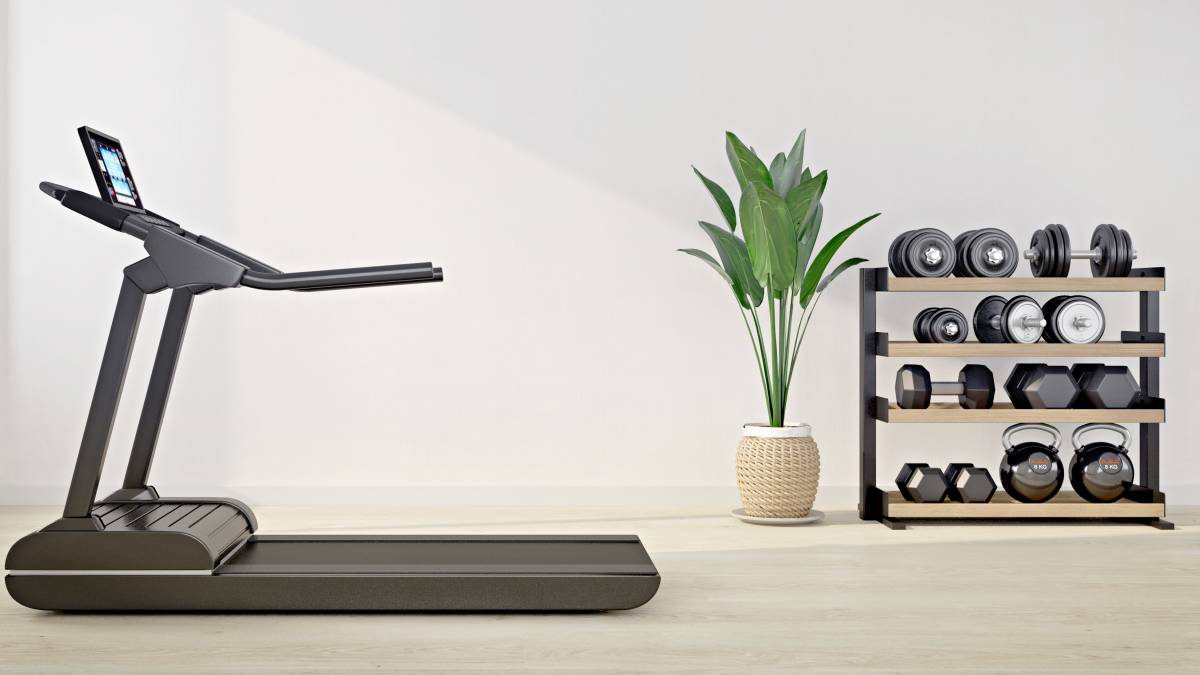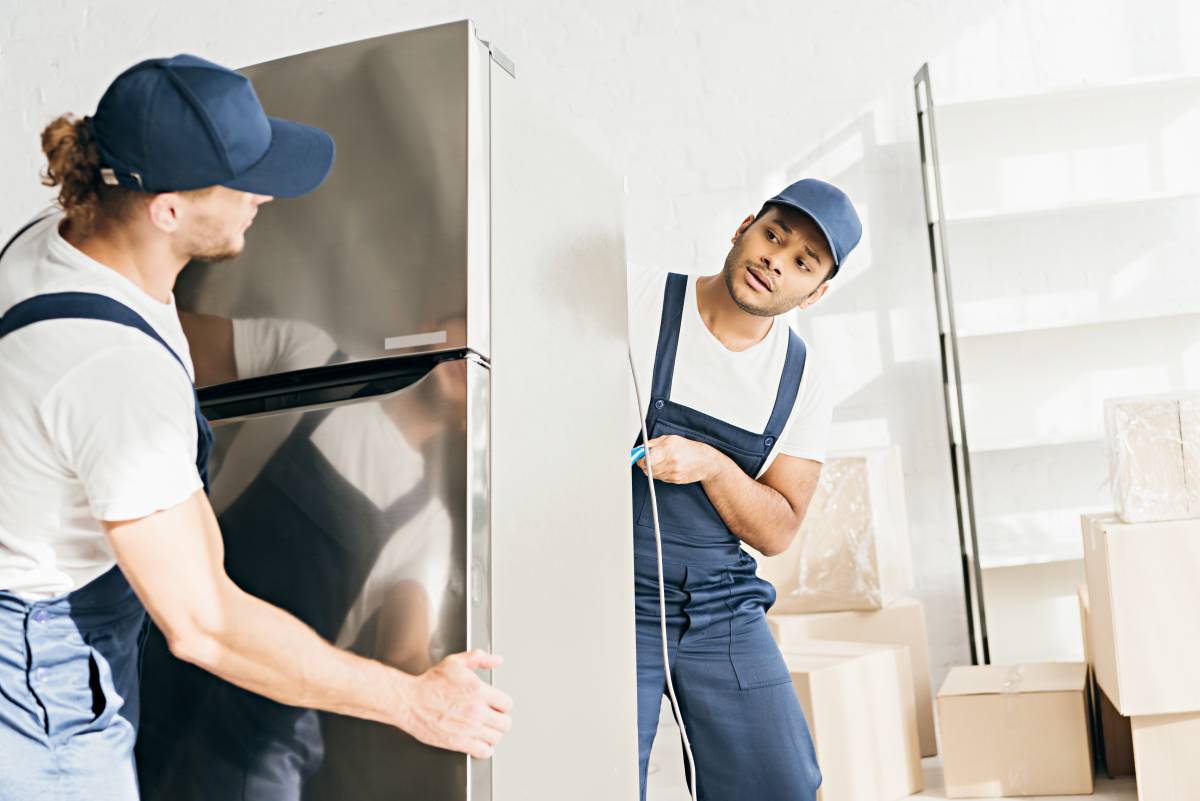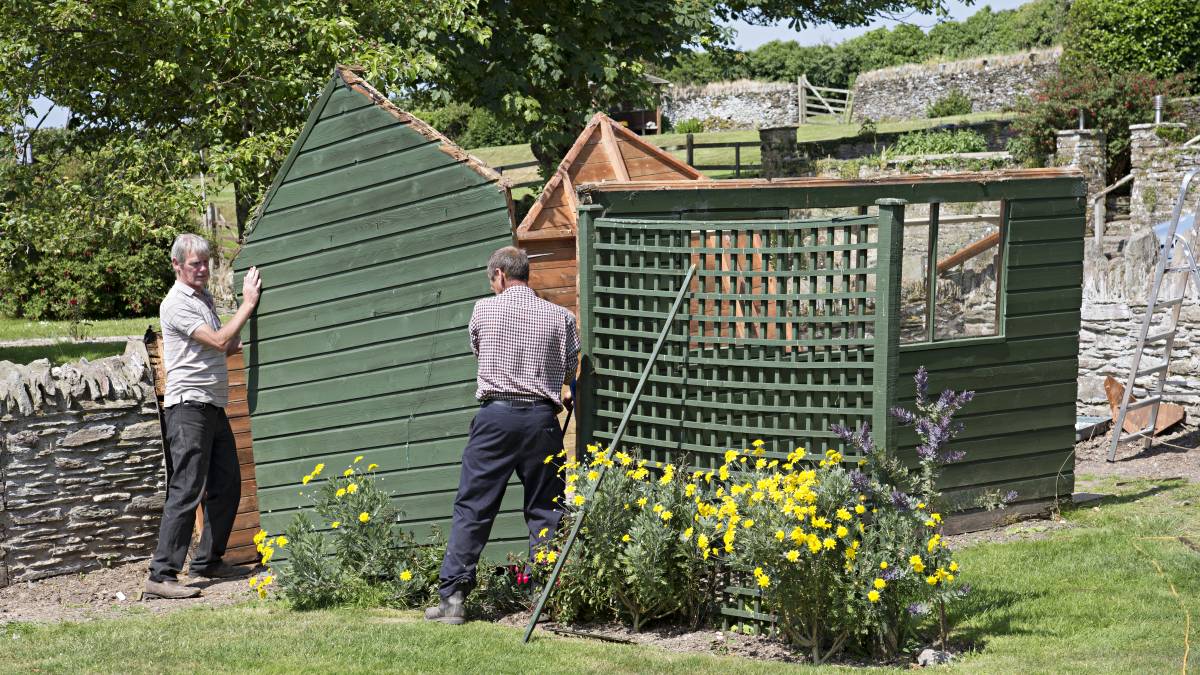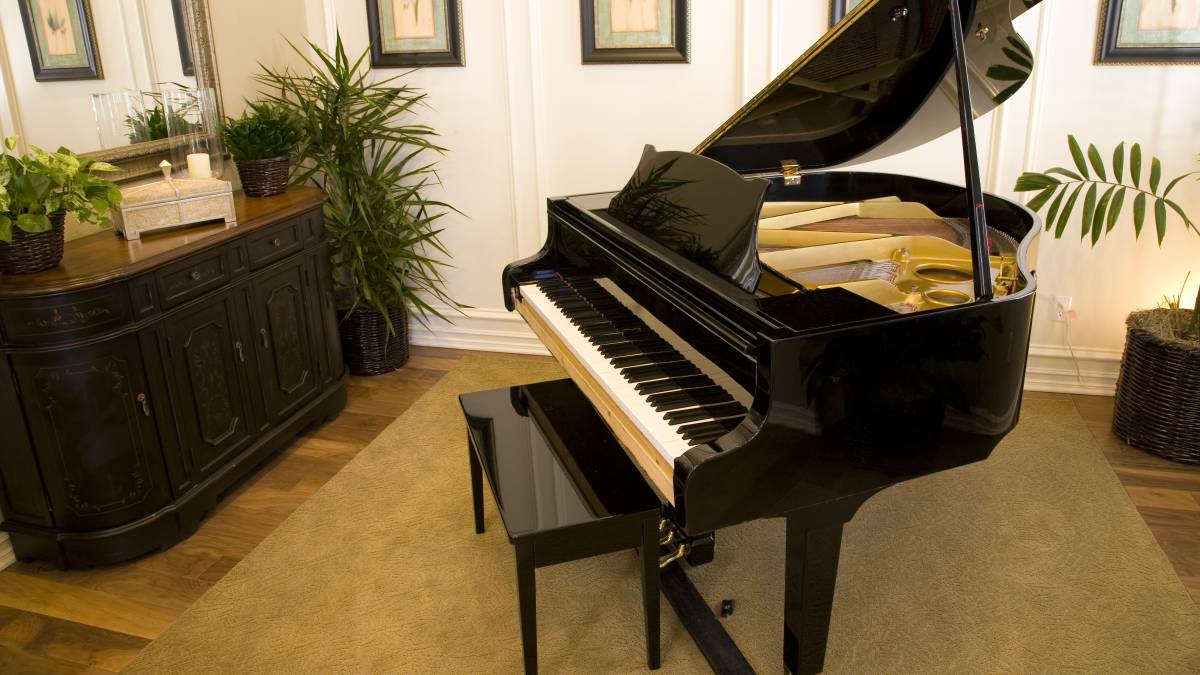- Home/
- Guides/
- Packers & Movers/
- How to Use Moving Blankets
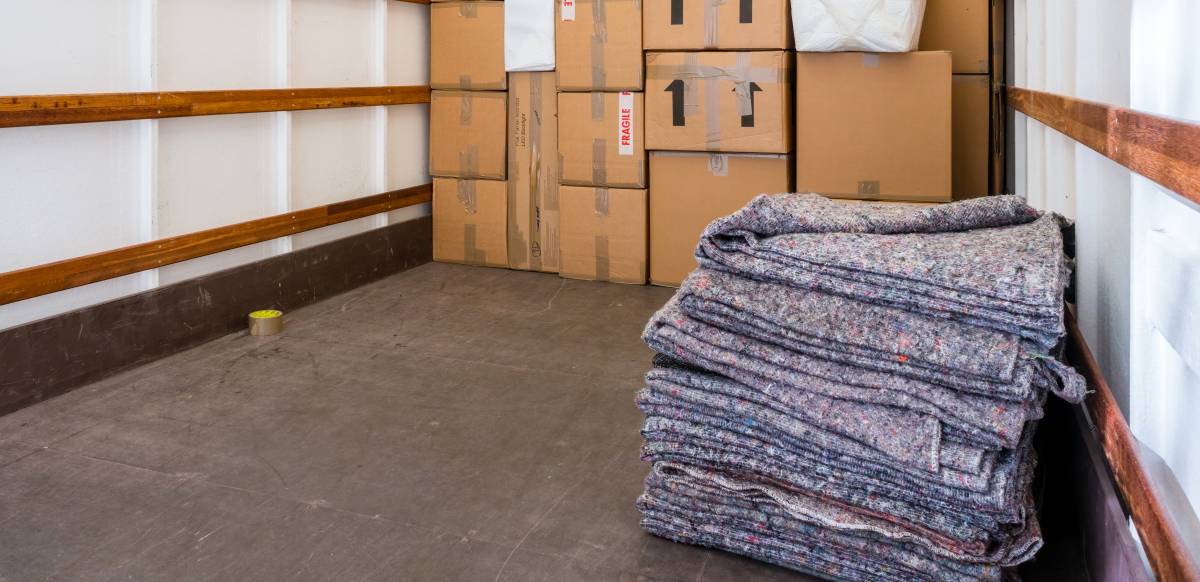
How to use moving blankets (and protect your items from dust, dirt, and debris)
While old blankets can work, moving blankets offer a safer and more reliable solution.
Find moving helpPublished on
If you’ve moved to a new house or apartment without using a moving blanket, and everything is still in one piece, count yourself lucky! No matter how meticulous you are with packing to protect furniture and appliances, you can’t totally avoid a few scratches on them. Especially if you skipped using furniture blankets.
These thick, heavy-duty furniture blankets are a must-have for your brand-new appliances, prized furniture, and other items. Aside from sturdy boxes, packing tape, and styrofoam, you need moving blankets to ensure your stuff arrives safely at its destination.
Learn how to use moving blankets in this quick but helpful guide.
What are moving blankets used for?
Moving blankets act as a furniture pad. They protect furniture and other belongings from damage when moving. They absorb shock, and the extra layer provides added protection and safety for larger items, hardwood floors, and other sensitive surfaces.
Heavy-duty furniture pads have lighter and darker-colored sides, corresponding to the ‘clean’ and ‘dirty’ sides. You use the clean side facing the appliance or furniture and the dirty side facing out.
Types of moving blankets
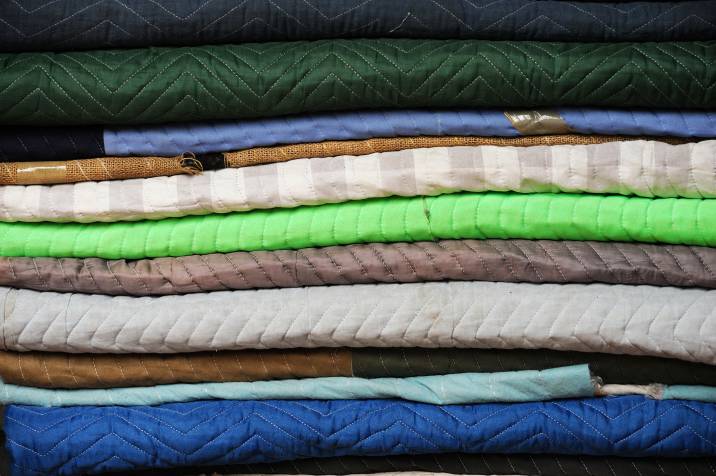
What type of moving blanket do you need? There are three different types: Lightweight, mediumweight, and heavyweight. Know what type you need to buy the right one at home improvement stores or online retailers.
Lightweight moving blankets are an affordable option and perfect for a one-time move. They’re light and made with less fabric and must be replaced. Thus, they don’t offer the same protection as heavy-duty moving blankets.
Mediumweight moving blankets are more durable than lightweight furniture pads and can be used multiple times. These secure moving blankets are perfect for people who often move and are also used by professional movers.
Because of the extra protection layers, professional movers use heavyweight moving blankets to transport expensive or valuable items. These furniture pads are also the most expensive to purchase.
Other options for moving blankets
If you don’t have the time or the budget to purchase moving blankets, there are alternatives that you can use for your move. For example, you can opt for heavy-duty fabric like textile blankets. You can also use old blankets and quilts. Even if they’re not as thick, you can use several blankets for added protection.
How to use moving blankets for furniture
Moving is time-consuming. But you can save time, energy, and money by doing it correctly. Using moving blankets helps protect items and ensures they arrive in the same condition as they left.
So follow these steps to properly use moving blankets for your next move.
1. Put your moving blanket on or around the item you want to protect
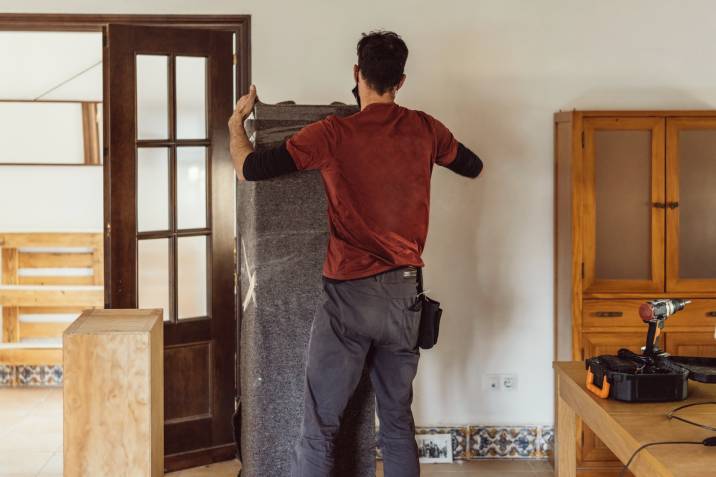
Place it evenly but not too tightly. If you have larger furniture, you can use two moving blankets for full coverage. But if you prefer to use just one blanket, you can cover and protect the most fragile sides.
2. Secure the moving blanket with stretch wrap or packing tape
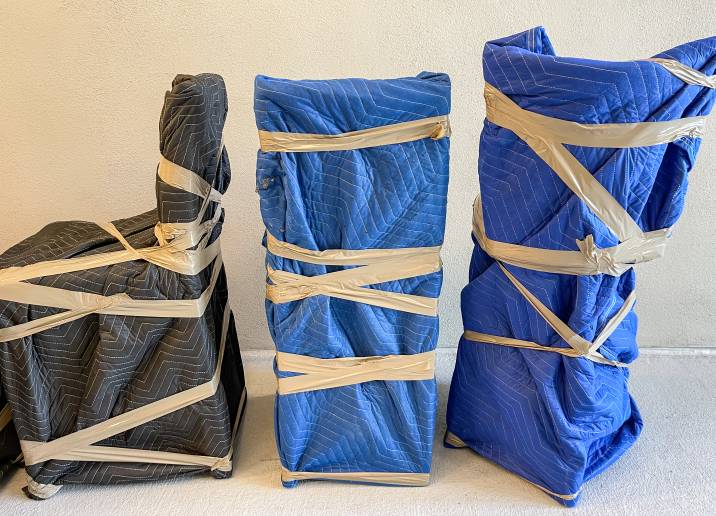
Wrap your item with stretch or plastic wrap from the top, then work your way down. You can overlap the stretch or plastic wrap to wrap your item fully. If you’re using packing tape, apply it around the entire thing so the blanket doesn’t move.
The stretch wrap also provides additional coverage when you move on a rainy day. It will prevent the blanket from absorbing water.
3. Your item is ready to be moved
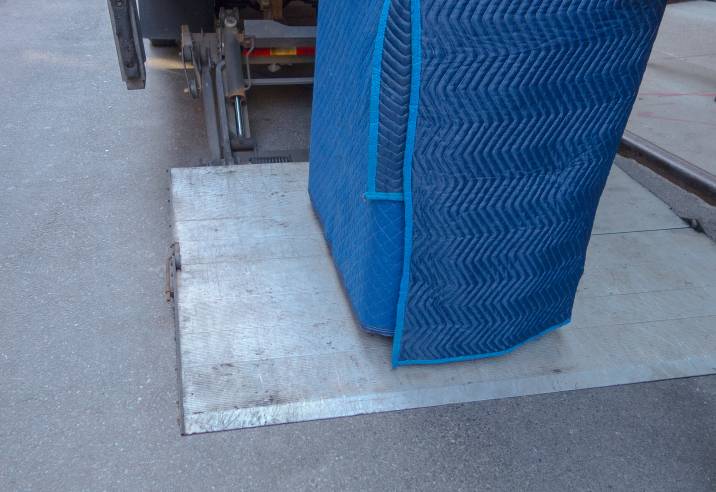
Once your moving blanket is wrapped securely, you can transport your item to the moving truck. Remember that even if your items are securely covered with a moving blanket, it’s not a 100% guarantee that there won’t be any damage during transport. So once the items reach their destination, carefully remove the blankets and check for any damages.
Use moving blankets for damage-free furniture and appliances during your move
You may think you don’t need it, but wait until you get that lovely coffee table scratched because of poor handling. To save you the heartache, wrap your large, valuable items in a moving blanket to avoid damage and prevent scratching your walls and floors. Doing so will also free your things from dirt, dust, and debris while in transit.
You can rent or buy moving blankets if you’re a pro at packing things. But if you have a few fragile items, hiring professional movers may be a better option. After all, professional movers have the skills and experience to pack, handle, and safely transport delicate items.
FAQs on furniture blankets
Moving blankets are usually made of polyester mesh, cotton, nylon, or similar materials. They’re usually stitched like a quilt, measuring six to seven feet (around two meters) on each side. Since they act as furniture or moving pads, they also have extra padding and multiple layers of fillers.
This will be based on your estimates. For example, bigger items like tables, bookshelves, and headboards may need two to three moving blankets to cover them entirely. Determining how many big things you have is essential so you can rent the correct number of moving blankets.
You can still use your moving blankets long after the move is completed. They can protect stored items in the garage, basement, loft, or cupboard. Here are other ways to use moving blankets:
- Some heavy-duty moving blankets also have soundproofing capabilities, so you can use them for the music room or home office.
- A moving blanket can help protect car seats and keep the bed warm on cold winter days.
- It can even work as a camping rug or sleeping bag padding.
- If you have pets, they can work as pet blankets.
- Use them as floor protectors or pads for heavy furniture or gym equipment.
When you’re done with the moving blankets, store them properly. Follow these steps:
- Throw them in the wash on a gentle or delicate cycle. Use cold water.
- They need to be hang-dried, too.
- After which, put them in the dryer for not longer than two minutes on the lowest setting (no heat setting also works) to fluff them up.
- Store them in a warm, dry place. Keep your moving blankets off the floor and from any water or moisture to prevent mold buildup.
Yes, some moving companies offer customers free moving blankets. If you have many things to pack and move, you may need to rent a few more at an extra cost. Make sure to rent a moving blanket only from a reputable, trusted company. You don’t want torn or damaged blankets scratching your precious furniture or appliances.
Alternatively, you can post a task on Airtasker for moving blanket rentals from local movers. Or delegate the entire packing task to a Tasker to save you time and trouble. If you’re up for doing everything yourself, you can opt for DIY by buying or renting storage and moving products at your local Home Depot.
Find packers and movers, fast
Find a packer and mover
Related articles

Moving out of state checklist
Read more

The ultimate packing and moving list
Read more
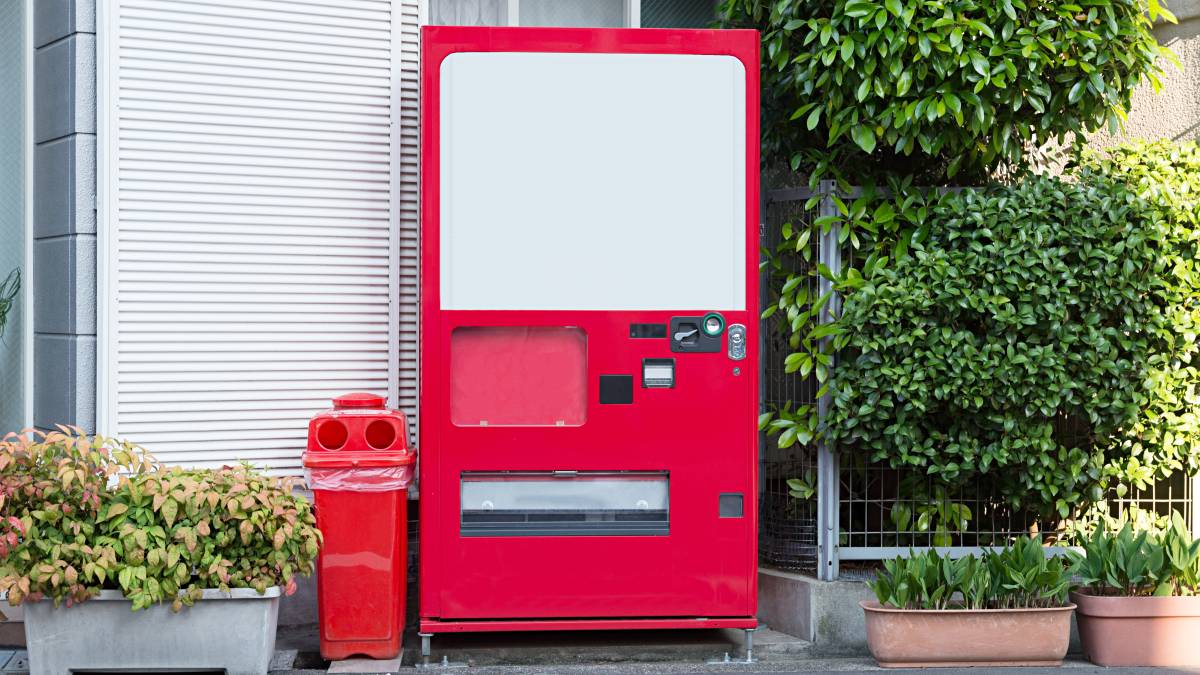
How to move a vending machine
Read more

How to pack bedding for moving
Read more

How to pack a moving truck
Read more

Moving interstate checklist
Read more
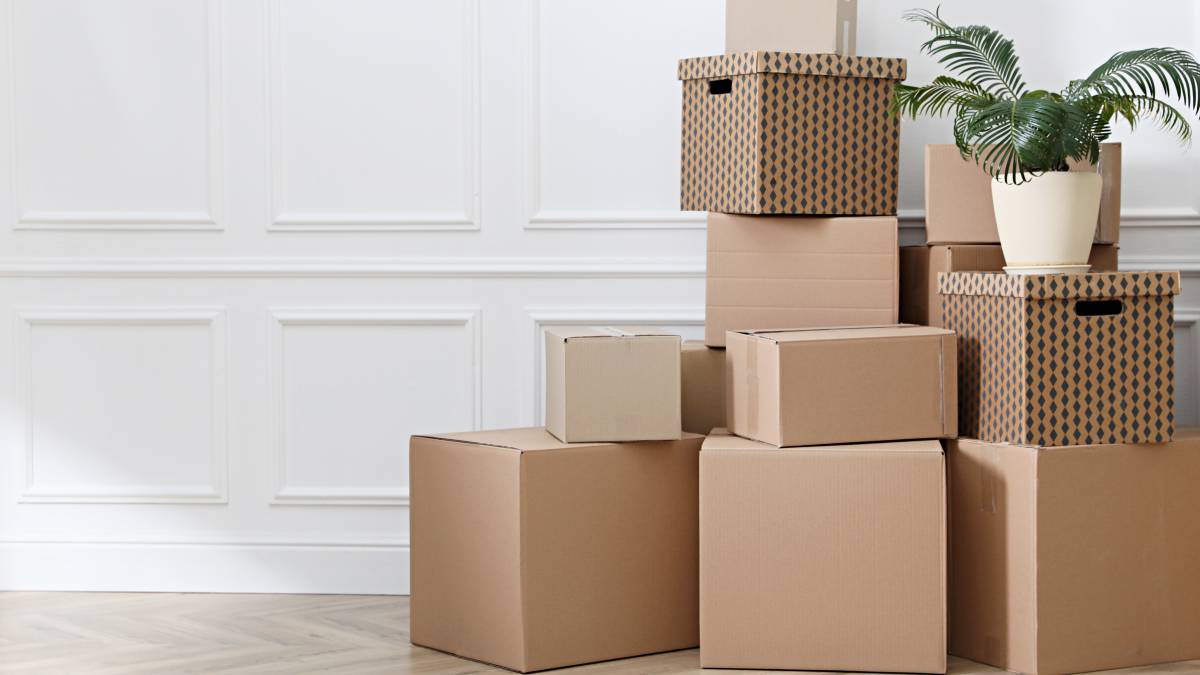
Where to get moving boxes for free
Read more
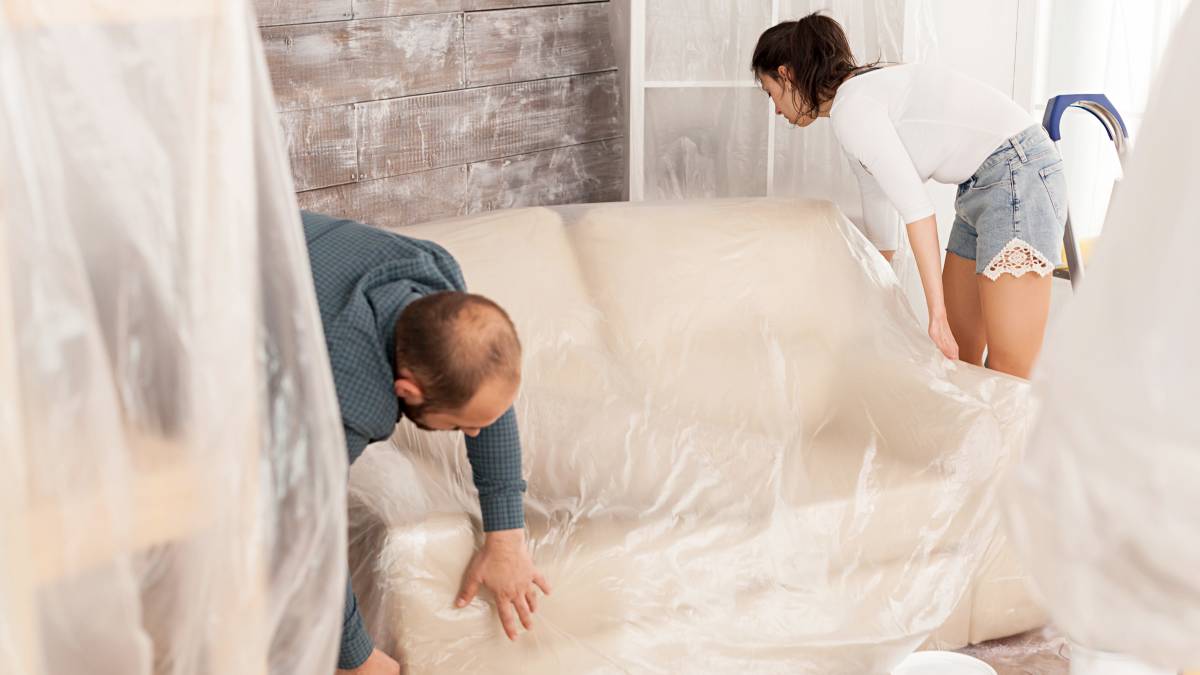
How to wrap furniture for moving
Read more

How to move a pinball machine
Read more

How to move a washing machine
Read more

What movers won’t move
Read more
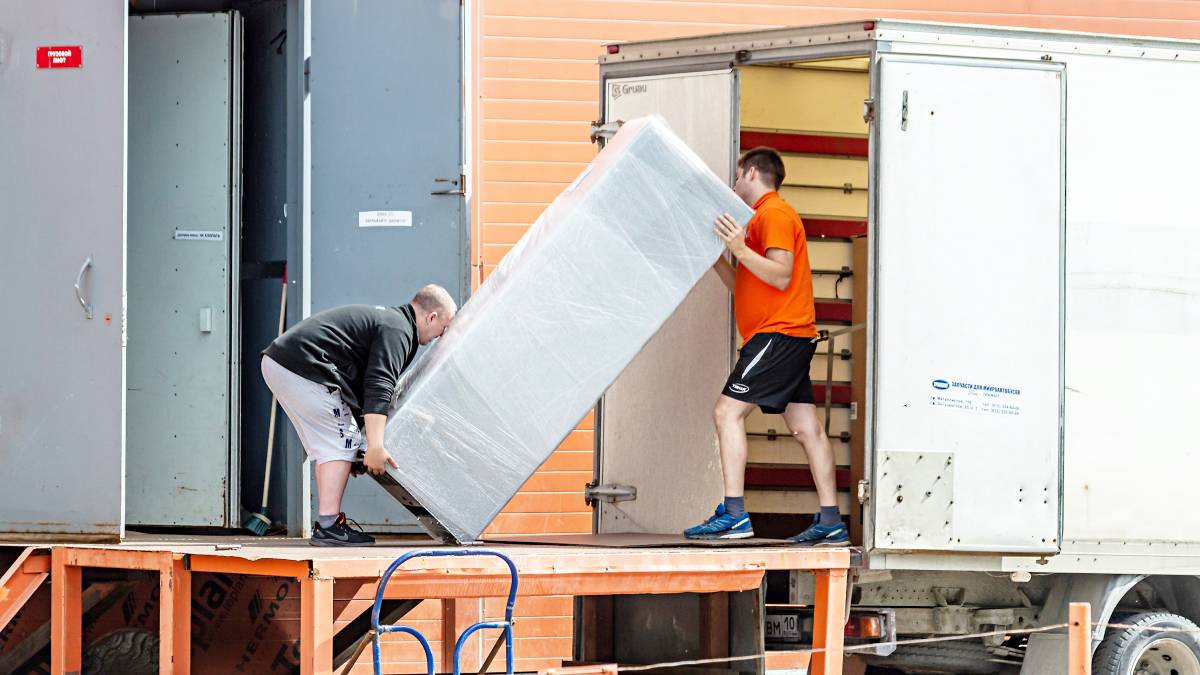
How to move a refrigerator
Read more
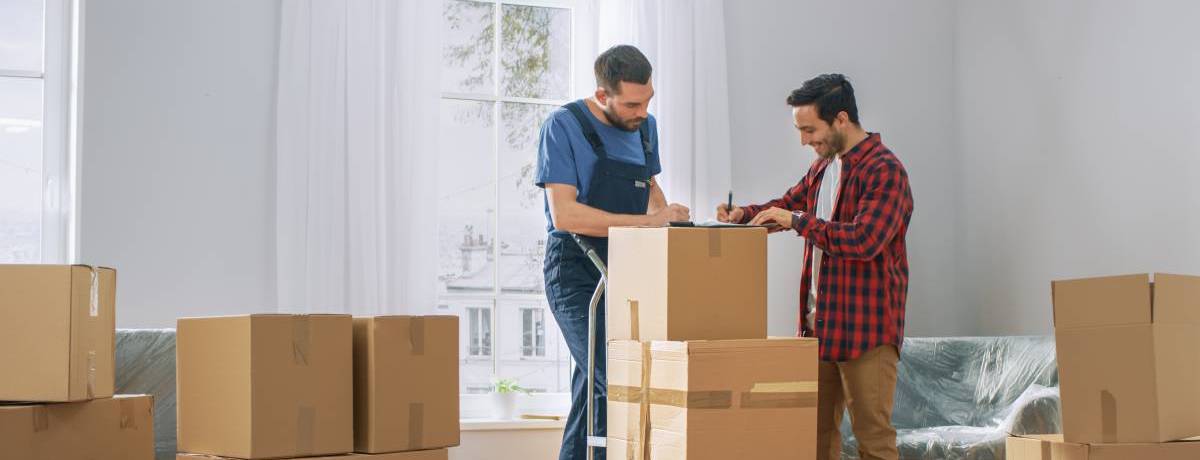
A guide to becoming a mover
Read more

How much do movers make?
Read more

Tips for moving house with kids
Read more
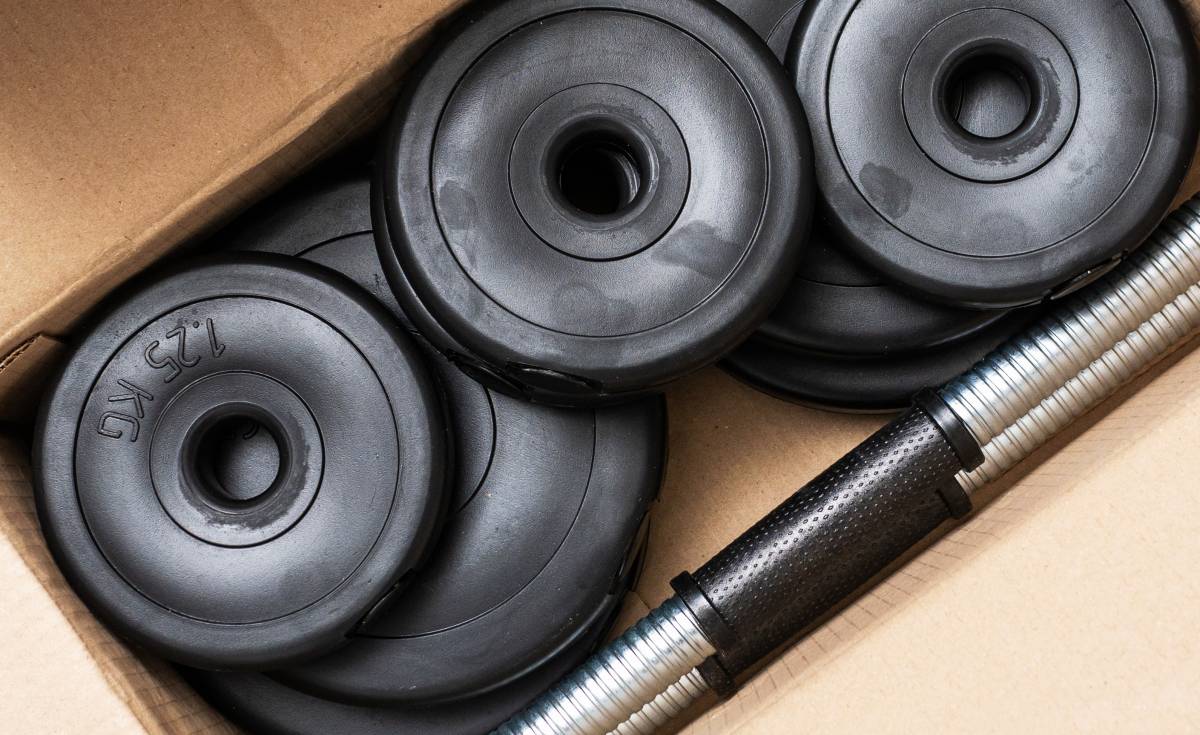
How to move gym equipment safely
Read more
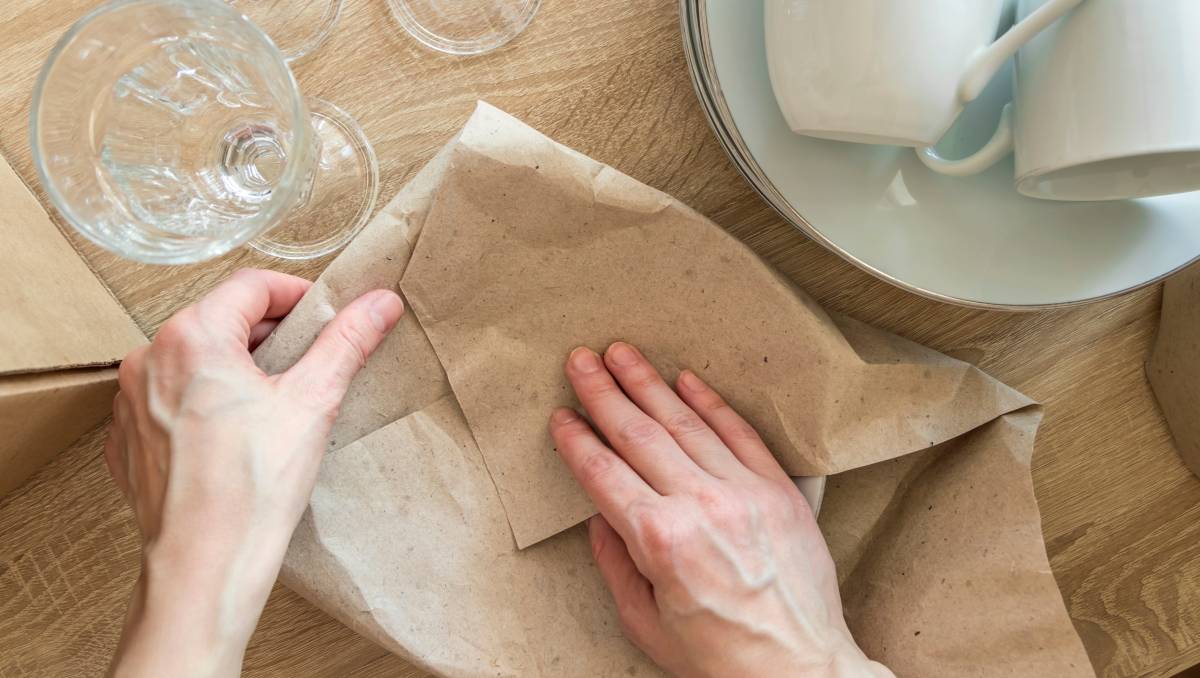
How to pack kitchen items
Read more

How to pack books for moving
Read more

How to pack artwork for moving
Read more
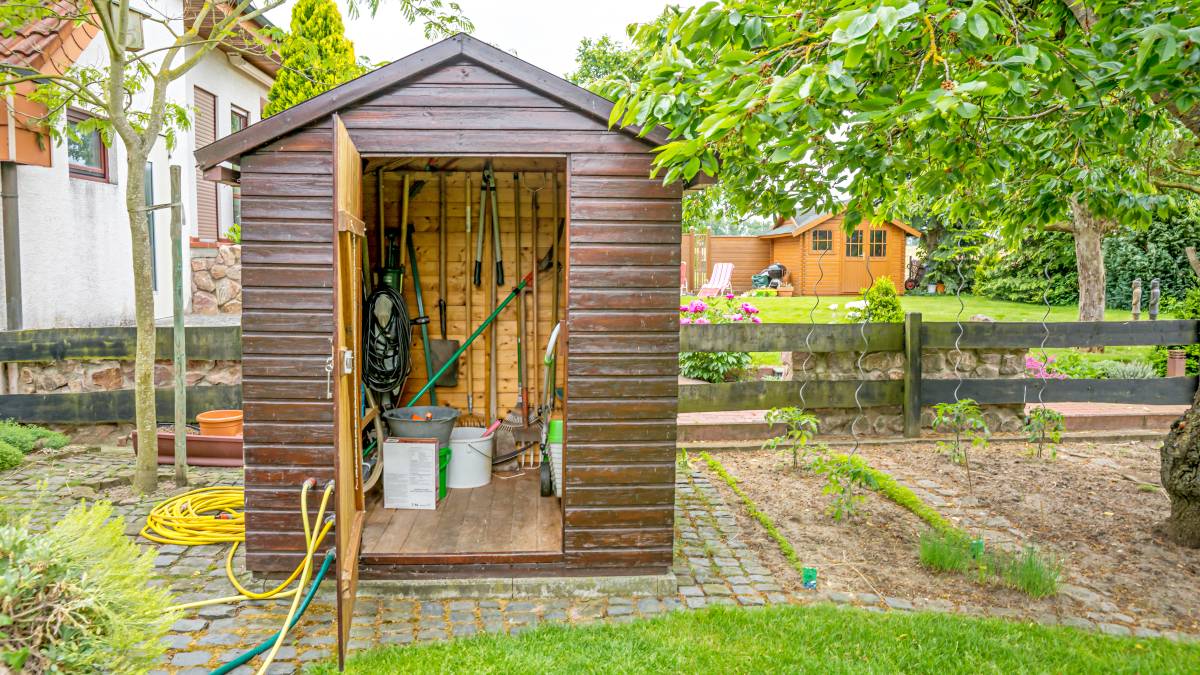
How to move a shed
Read more

How to move a pool table
Read more
Related price guides
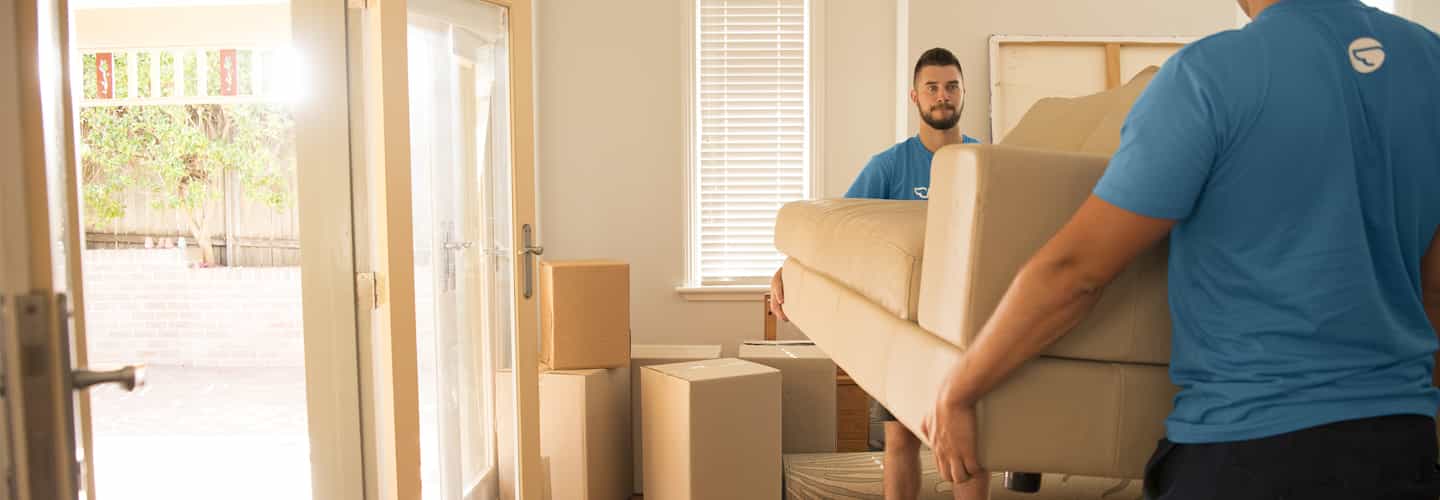
How much does a removalist cost?
Read more

How much does mattress removal cost?
Read more
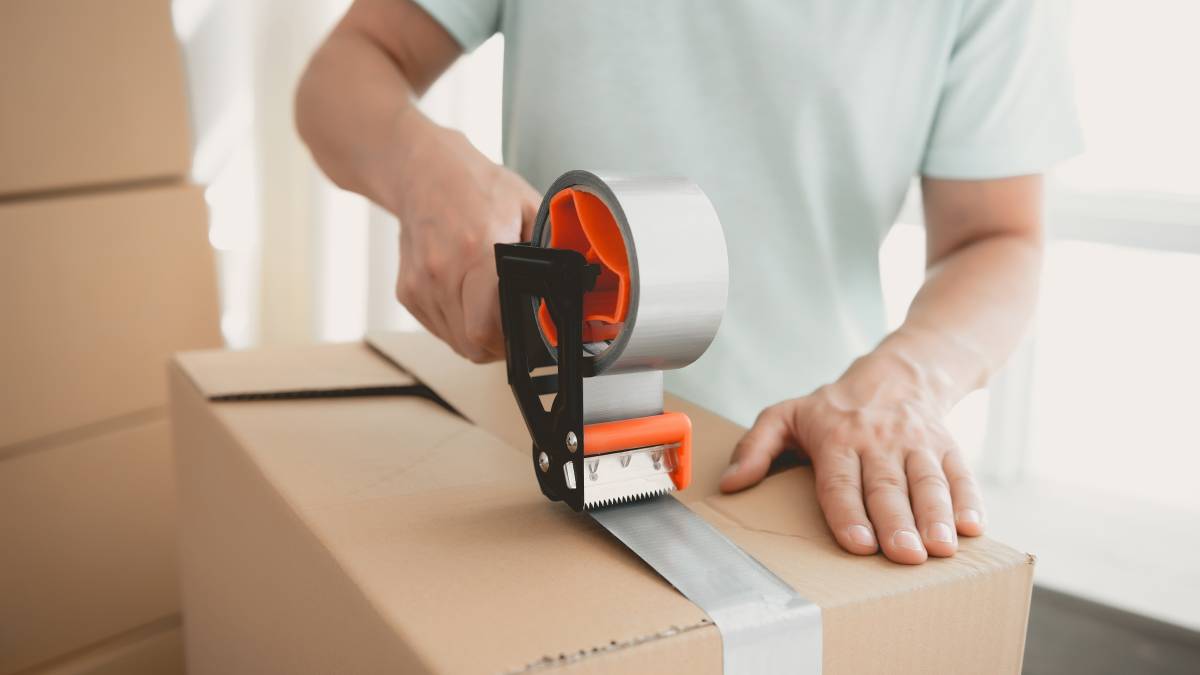
How much do packers cost?
Read more
